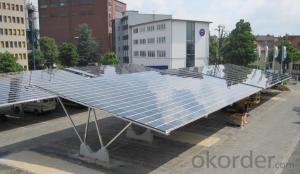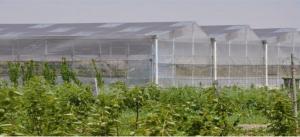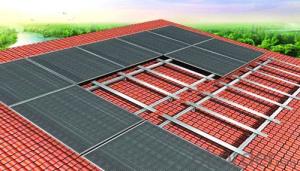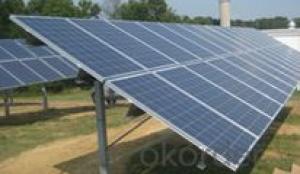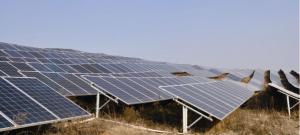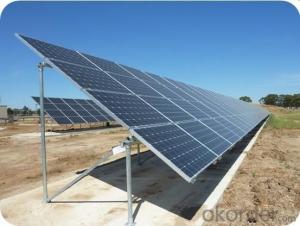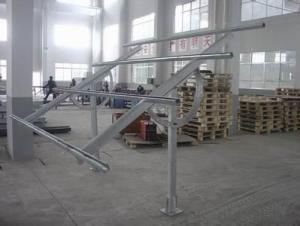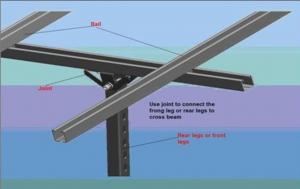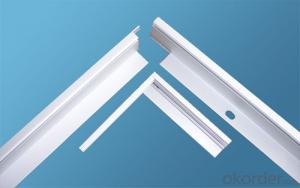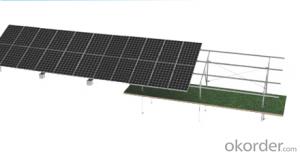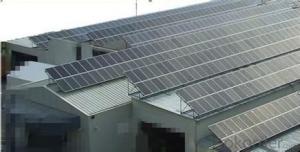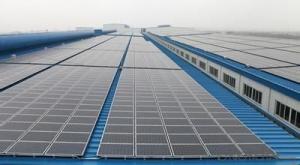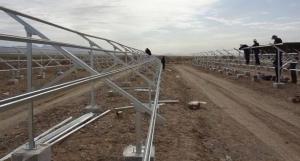All Categories
- - Steel Wire Rod
- - Steel Coils
- - Steel Profiles
- - Steel Pipes
- - Stainless Steel
- - Tinplate
- - Special Steel
- - Steel Sheets
- - Steel Rebars
- - Steel Strips
- - Hot Rolled Steel
- - Cold Rolled Steel
- - Pre-painted Steel
- - Seamless Steel Pipe
- - Welded Steel Pipe
- - Hollow Steel Tubes
- - Galvanized Pipe
- - Stainless Steel Coil
- - Stainless Steel Sheet
- - Stainless Steel Plate
- - Stainless Steel Strips
- - Electrolytic Tinplate Coil
- - Electrolytic Tinplate Sheet
- - Stainless Steel Rebars
- - Solar Panels
- - Solar Water Heater
- - Solar Related Products
- - Solar Inverter
- - Solar Cells
- - Solar Light
- - Solar Energy Systems
- - Solar Controllers
- - Solar Mounting System
- - Solar Pump
- - Solar Chargers
- - Fiberglass Chopped Strand
- - Fiberglass Mesh Cloth
- - Composite Pipes
- - FRP Pultrusion Profiles
- - Fiberglass Mat Tissue
- - Fiberglass Fabrics
- - Fiberglass Mesh
- - Composite Tank
- - Fiberglass Mesh tape
- - Polymer
- - FRP Roofing Panel
- - Fiberglass Roving
- - Monolithic Refractories
- - Ceramic Fiber Products
- - Refractory Bricks
- - Raw Materials For Refractory
- - Suspended Platform
- - Cranes
- - Concrete Machinery
- - Earthmoving Machinery
- - Building Hoist
- - Road Building Machinery
- - Plastic Pipe Fittings
- - Plastic Tubes
- - Plastic Sheets
- - Agricultural Plastic Products
- - Plastic Nets
 All Categories
All Categories
Q & A
Are there any wind tunnel tests conducted on solar mounting systems?
Yes, wind tunnel tests are commonly conducted on solar mounting systems to assess their structural stability and resistance against wind loads. These tests help in determining the optimal design and installation techniques to ensure the safe and reliable performance of solar panels in various wind conditions.
What are the environmental benefits of a solar mounting system?
A solar mounting system has several environmental benefits. Firstly, it helps in reducing greenhouse gas emissions by generating clean, renewable energy. This reduces the reliance on fossil fuels and decreases air pollution. Secondly, solar panels installed on a mounting system utilize unused space, such as rooftops or open fields, without disrupting natural habitats or agricultural land. Additionally, solar mounting systems can be easily installed and removed without causing permanent damage to the environment. Lastly, solar energy produced by these systems conserves water resources as it requires minimal or no water for operation, unlike traditional power plants that consume large quantities of water for cooling purposes.
Can solar mounting systems be used for solar-powered outdoor greenhouses or nurseries?
Yes, solar mounting systems can be used for solar-powered outdoor greenhouses or nurseries. These systems can provide a stable and secure platform to mount solar panels, allowing them to efficiently harness sunlight and convert it into electricity to power the greenhouse or nursery's operations. Additionally, solar mounting systems can be designed to withstand outdoor conditions and provide the necessary tilt and orientation to optimize solar energy generation.
Are there any specific requirements for the distance between solar panels on a mounting system?
Yes, there are specific requirements for the distance between solar panels on a mounting system. The distance between panels should be enough to maintain proper airflow and prevent shading, as shading can significantly reduce the overall efficiency of the solar system. The recommended minimum distance between panels is typically around 6 inches to 1 foot, depending on the specific design and orientation of the mounting system. However, it is important to consult the manufacturer's guidelines or consult with a professional installer to ensure the optimal spacing for your specific solar panel setup.
Wholesale Solar Mounting System from supplier in Lebanon
We understand the unique requirements and challenges of the Lebanon market and strive to provide the best solutions to our customers. Our team of experienced professionals is knowledgeable about local regulations and can assist with any technical queries or concerns.
We offer a wide range of Solar Mounting System products, including rooftop mounting systems, ground-mount systems, and solar tracking systems. Our products are manufactured using high-quality materials to ensure durability and reliability. We also offer customization options to meet specific project requirements.
In addition to our product offerings, we provide comprehensive sales support, including competitive pricing and timely quotations. We aim to offer cost-effective solutions without compromising on quality. Our technical support team is available to assist with installation guidance, troubleshooting, and post-sales support.
By partnering with us, you can benefit from our strong global network and extensive resources. We have established strategic partnerships with reputable manufacturers to ensure a reliable supply chain. Our efficient logistics team ensures prompt delivery to Lebanon, minimizing any delays or disruptions.
At our company, we are committed to promoting sustainable and clean energy solutions. We believe that solar energy has the potential to transform the energy landscape in Lebanon and contribute to a greener future. Our mission is to provide top-notch Solar Mounting System products and services to support the growth of the solar industry in Lebanon.
Contact us today to discuss your solar mounting system requirements in Lebanon and let us be your trusted partner in achieving your solar energy goals.
We offer a wide range of Solar Mounting System products, including rooftop mounting systems, ground-mount systems, and solar tracking systems. Our products are manufactured using high-quality materials to ensure durability and reliability. We also offer customization options to meet specific project requirements.
In addition to our product offerings, we provide comprehensive sales support, including competitive pricing and timely quotations. We aim to offer cost-effective solutions without compromising on quality. Our technical support team is available to assist with installation guidance, troubleshooting, and post-sales support.
By partnering with us, you can benefit from our strong global network and extensive resources. We have established strategic partnerships with reputable manufacturers to ensure a reliable supply chain. Our efficient logistics team ensures prompt delivery to Lebanon, minimizing any delays or disruptions.
At our company, we are committed to promoting sustainable and clean energy solutions. We believe that solar energy has the potential to transform the energy landscape in Lebanon and contribute to a greener future. Our mission is to provide top-notch Solar Mounting System products and services to support the growth of the solar industry in Lebanon.
Contact us today to discuss your solar mounting system requirements in Lebanon and let us be your trusted partner in achieving your solar energy goals.

